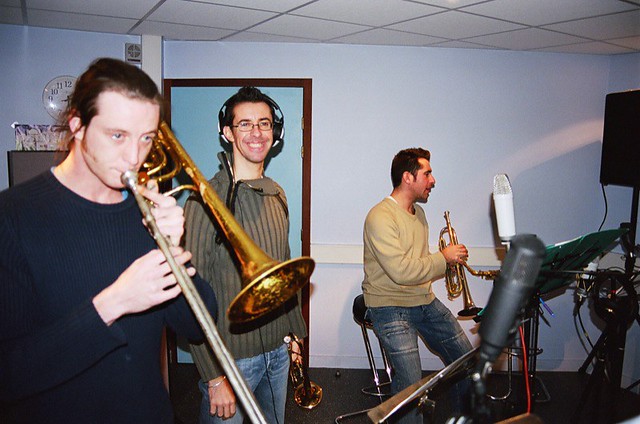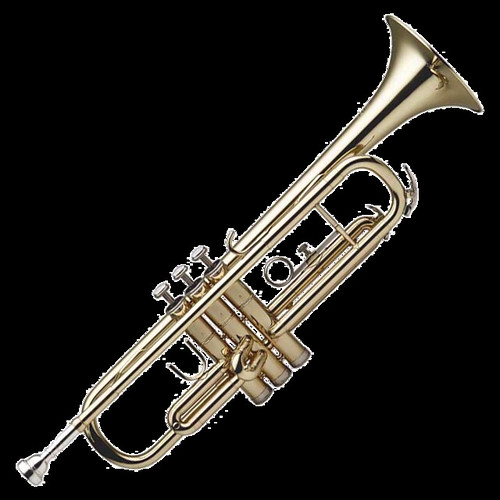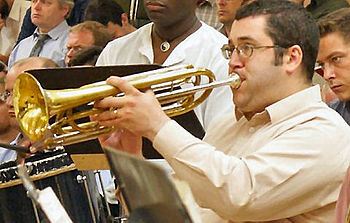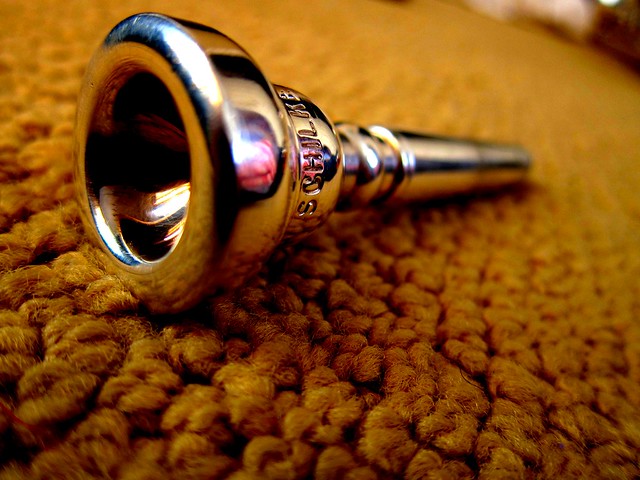 |
| Trumpet bell (Photo credit: Wikipedia) |
Picking the best trumpet can be a difficult task. Most parents looking for a trumpet have no idea what to buy. I've been a trumpet teacher for twenty years and a band director for the last fifteen. I've played on almost every trumpet available today, and many of them are great instruments while some are far from it.
Trumpets come in different levels. There are the beginning or student trumpets, intermediate trumpets, professional trumpets, and custom trumpets. There are also some instruments that should only be made into lamps or put on walls as decoration because of their inferior quality. The price gives them away. If you buy one of these, you're most likely throwing your money away. Be very careful.
Most students start out at the beginning or student trumpets. Student trumpets are generally built with less hand-fitting and tougher materials. They are usually built to withstand normal student use, and they should last through the first few years of the band. Don't just buy a cheap trumpet. Some of them are so poorly made, they will hold a student back.
Intermediate trumpets come next. These instruments have some of the professional trumpet characteristics, and they do perform a little better than a student trumpet. They are often silver plated. They will always have a first valve slide saddle and third valve slide ring so they can be kicked out. While these trumpets don't cost as much as a professional trumpet, the price can be close. Generally, it's better to go ahead and purchase a professional trumpet when it is time to purchase a "step-up" trumpet.
Professional trumpets are truly fine instruments, and most professional trumpet players perform on them. I received my first professional trumpet when I progressed to high school band, and I believe most students that work hard should move to a professional trumpet at that time. These instruments will have slides that all work well right out of the case. They are hand fitted throughout the instrument, and they play as well as any high school student is able to play. These instruments will last through college, and for players that don't perform for a living, they will probably last the rest of their lives.
Custom trumpets come next. These are the best instruments available today. True custom trumpets are hand-made throughout. While these are truly incredible trumpets, they are not necessary for most high school students. If you want to have the best trumpet available today though, buy one of these.
|







![[Man playing the tuba.]](https://farm3.staticflickr.com/2508/4058778064_0eb1ac58f9_o.jpg)






